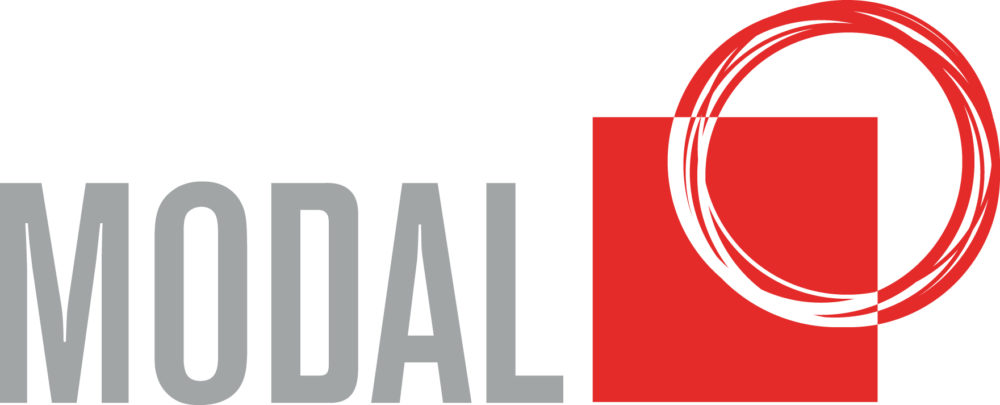Talking to a number of managers and senior leaders in recent times I’ve noticed more and more people are sharing a common emotion – overwhelm. Whilst this is a common feeling for most people at various points in their life, the number of soundbites I’m hearing recently indicates a substantial rise in the amount of time people are feeling overwhelmed. The consequences of this include feeling greater stress and anxiety, frustration, and fatigue. And, for some, it’s causing them to question their jobs and their organisation.
For the past 5-10 years many organisations have been focusing on resilience in response to overwhelm. I often get asked by leaders “how can we help our people build more resilience”? I think this is a useful question to ask – just not in isolation. If the feeling of overwhelm is becoming more systemic, then it’s not enough to just focus on how individuals can manage their mindset and energy. If the problem is more systemic, then the solutions need to be more holistic.
I have recently found my own resilience being tested. Unfortunately my father passed away 4 weeks ago from cancer. Since then, I have found my own internal ‘bandwidth’ to cope with uncertainty, as well as a very full list of priorities, diminished.
Thankfully, I have a team of very supportive people in my business which I have been able to lean on, and I have been in the fortunate position of being able to finish early on days when I recognise I need some time and balance.
5 common barriers keeping leaders from taking the time they need to overcome ‘overwhelm’
Unfortunately, this is not easy for a lot of leaders. Carving out time to step away from the day to day tasks and endless meetings is difficult. For leaders finding themselves stuck in the ‘overwhelm room’ some common barriers include:
- Organisations undertaking too many change initiatives at once. Human brains are only built to deal with so much uncertainty, ambiguity and change all at once. The research organisation Prosci calls this ‘change saturation’.
- The ‘invulnerability myth’. In front of colleagues most leaders will admit to being ‘incredibly busy’ – but how common is it to feel comfortable enough to admit ‘I’m really overwhelmed’? The difference here is the first statement implies ‘I’ve got a lot on but I am coping OK’. The second statement implies ‘I’m actually not OK right now’. It takes a lot of courage to say this, but how many teams and organisations offer a level of psychological safety where people would feel they’d be supported rather than it being seen as a sign of weakness? Another negative consequence of the invulnerability myth is that the organisation is also less likely to address the problem because they are not hearing the real problem and the true impact on individuals.
- Being drawn into daily firefighting of problems and drama. Being stuck in the here-and-now trying to push forwards, rather than consistently focusing their team on the vision and the plan to deliver on the vision (starting with the end in mind and working backwards).
- A culture where it’s not OK to say ‘no’ or ‘not now’. As leaders we want to interact with, and be available to, our teams and other key stakeholders as much as possible. No one shows up each day at work wanting to be hard to get hold of, or to be seen as non-responsive or oppositional. This often means leaders will find it difficult to say ‘no’. I’ve lost count of the number of leaders I’ve coached who were reluctant to carve out uninterrupted time for themselves and turn off their phone or not check emails for a couple of hours at a time. They want to be responsive. However, this is often at the cost of their own needs and productivity.
Operating full-time in instant response mode also chews up a lot of adrenalin, which can then contribute to fatigue and overwhelm. Our brains need time to shift down out of 5th gear for recovery, creativity, and effective problem solving and planning. This requires us to say “no, I can’t meet with you during this time”, “I will be uncontactable during these hours” or “my team doesn’t have the capacity to be able to take that onboard right now”. - Feeling isolated or disconnected. Whilst the move towards flexible workforces and hybrid teams has offered many benefits to team members, lack of quality face to face time has left people feeling more isolated and disconnected. Neuroscientist Stephen Porges references ‘our higher social brain’ which is also known as the ‘ventral vagal complex’ (Porges, 2011).
“Evolution led to a modified and more complex brainstem which is activated when we hear a soothing voice, see a smiling or relaxed face, and notice calm gestures. These signs became our social safety cues. They contribute to our ability to feel safe in close proximity to another person. We even become more able to listen to their words and to connect with them on an emotional level”.1
When we feel supported and that others have our back, it helps reduce our sense of overwhelm. With less face to face contact with others, our social brain processes fewer cues from others that help create feelings of togetherness and calmness. Without this we struggle.
The impact of feeling too much overwhelm is not just on us as individuals. It impacts others and our performance at work. It contributes to employee turnover, less productivity, and increased costs. The challenge of overwhelm, then, I believe is not just a personal issue. It’s an organisation one too.
In part 2 of this blog, I’ll share my thoughts on some of the solutions organisations and individuals can look at to start to get ahead of the overwhelm challenge.
References
1Porges, Stephen W. (2011). The Polyvagal Theory: Neurophysiological Foundations of Emotions, Attachment, Communication, and Self-Regulation. New York: W.W. Norton & Company.
Zucker, Rebecca (October 10, 2019) How to Deal with Constantly Feeling Overwhelmed, Harvard Business Review
https://hbr.org/2019/10/how-to-deal-with-constantly-feeling-overwhelmed





